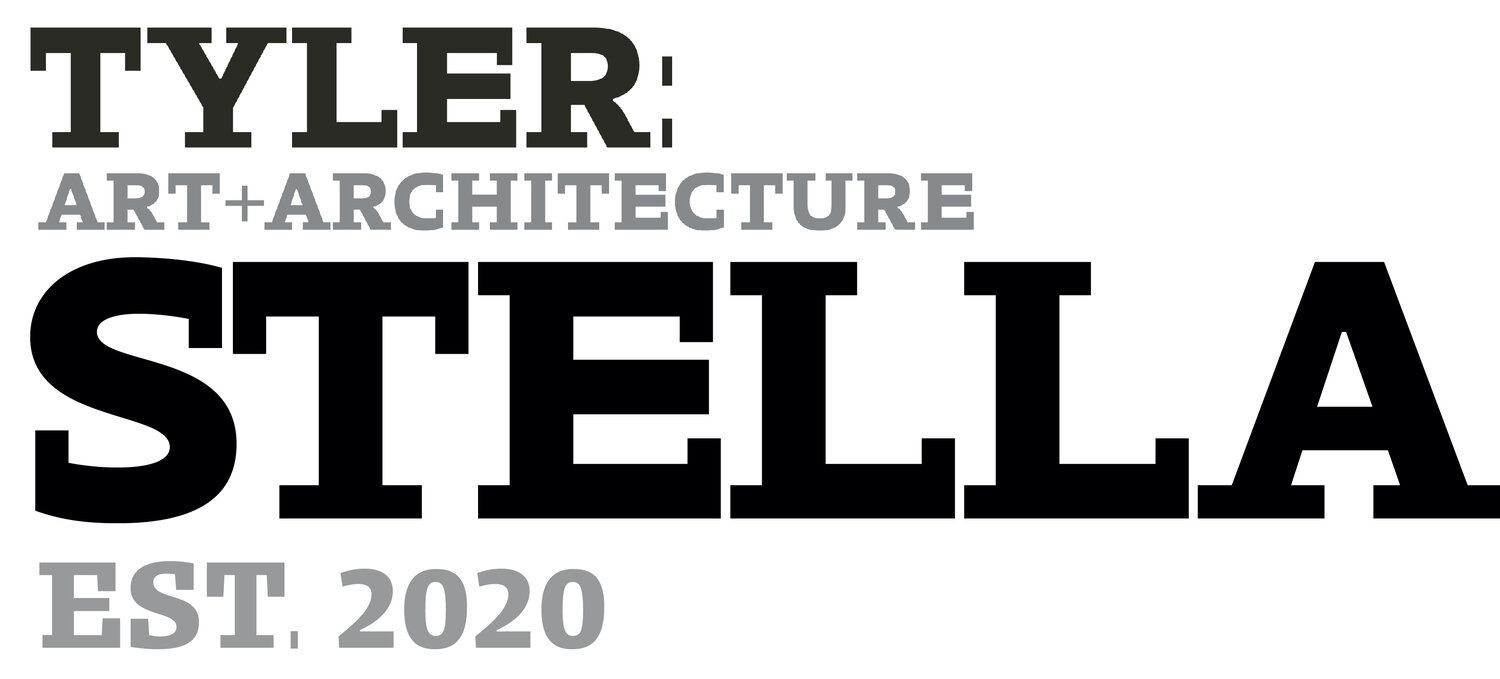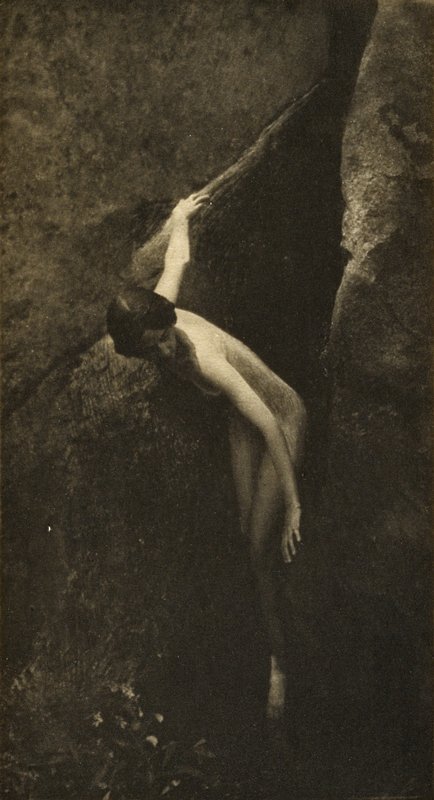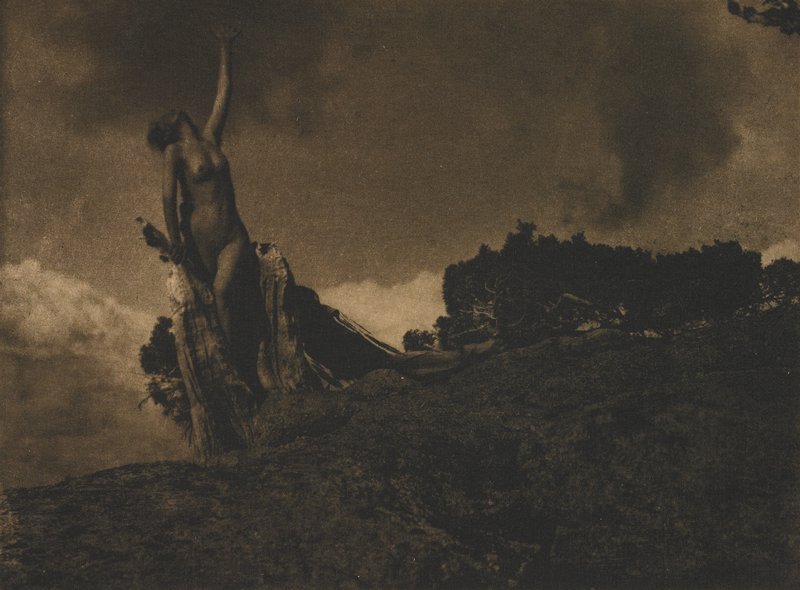Morgan Hicks
Naked in Nature: Anne Brigman a Photography Goddess
Anne Brigman was a fiercely independent woman filled with intense creativity. She was unique among her peers for many reasons but primarily for her interest in combining nude female figures with landscape settings. During the early 20th century nude photographs of women were typically taken by men and up until this time most representations of the female nude in art were accredited to male artists. Nearly 60 years later in 1971 Linda Nochlin wrote her essay “Why Have There Been No Great Women Artists?”. Nochlin expresses that in the history of art making women artists were denied access to the same academic experience as male artists. A woman’s place in art history was to remain as the subject not as the artist. Feminist artists of the 1970’s reflected on this and began a deliberate process of undoing the patriarchal values that helped shape art history. It is not a stretch to consider Brigman’s photographic outings in the mountains as a precursor to a lot of feminist art that emerged in the 60’s and 70’s. Brigman broke the rules of propriety years before Nochlin revealed the gender disparity in the art world. Like feminist artists of the 70’s Brigman looked to nature and her body for inspiration, a source of strength, and personal liberation. Her photographs of female nudes in different landscapes are intensely personal and act as an expression of her inner feelings.
Anne Brigman, Dawn, Gelatin silver print, 1909, 5.25 X 10.25 in, Metropolitan Museum of ArtIn this image titled Dawn, Brigman directly confronts the implicit male gaze of the female body. She addresses this by positioning herself in the same reclining, idealized fashion as Manet’s Olympia on top of Donner’s Summit. The location overlooking the valley below is known for its masculine photographic documentation of industrial progress, specifically of the railroad. By placing her nude figure in the setting of a male dominated space she attempts to reclaim the landscape and her natural body as her own.
Anne Brigman, Cleft in the Rock, Gelatin silver print, 1907, 7.56 X 4.44 in, Metropolitan Museum of ArtBrigman’s work demanded planning, perseverance, and a fondness for nature. Working in these wild settings was hardly simple. She would often spend days at the same location working on her performances until they were worthy of photographing. Through these private rituals in the mountains Brigman aimed to produce art that exhibited her belief of an interconnection between humans and the earth. Feminist artists relied on similar rituals to convey that female power is rooted in the natural environment.
Anne Brigman, Soul of the Blasted Pine, Negative, 1906, Wilson Centre for PhotographyIn photographs like Soul of the Blasted Pine, Brigman positions herself and her nude models in and around Juniper, Cedar, and other kinds of trees. The figures in her photos are not passive to their surroundings, they are active, engaged and interconnected with nature. Their human limbs become entangled with the trees, and their bodies morph with the tree’s trunks. Brigman intended to create a symbolic union between the female form and flora and fauna. Here the female figure becomes an extension of the tree all the way to her fingertips.
Anne Brigman, The Heart of the Storm, Negative, 1912, 4 X 5 in, Wilson Centre of PhotographyBrigman’s courage to defy societal standards to explore her art by her own means certainly warrants her a “great artist” badge. She rejected the everyday expectations of women for her bohemian and independent lifestyle. Similarly in her work she created human, plant, and animal hybrids rather than the idealized female nude. This negative features a woman floating and enveloped in alterations made by Brigman’s stylus that mimic a web like, translucent veil. It’s very likely these alterations were made to allude to Native American legends that view spiders as symbols of female energy.
Anne Brigman would often rework her negatives heavily. Using a stylus, she would scratch out unnecessary details and add in others, like the halo seen behind the figure in this image The Heart of the Storm. 60 years later feminist artists would be making similar alterations to their photographed outdoor rituals. The intention is to evoke goddess archetypes through these manipulations and allude to ancient creation myths and female interconnection with nature; to establish women as agents of creation rather than observers.
Anne Brigman, The Spiders Web, Gelatin silver print, 1908, 9.81 X 6.75, Metropolitan Museum of ArtMorgan Hicks
(she/her)
Art History ‘22
My name is Morgan Hicks, I am a Senior Art History major here at Tyler. Through my studies I have developed interests that mainly live within modern and contemporary art. I have really come to enjoy specific topics like the nude figure, feminist art, the arts and crafts movement, photography, print making, and collage. In my spare time I enjoy making my own art through painting, collaging, film photography and most recently ceramics. I am excited to graduate this spring and have more free time to be creative and continue to enrich my life through art.








